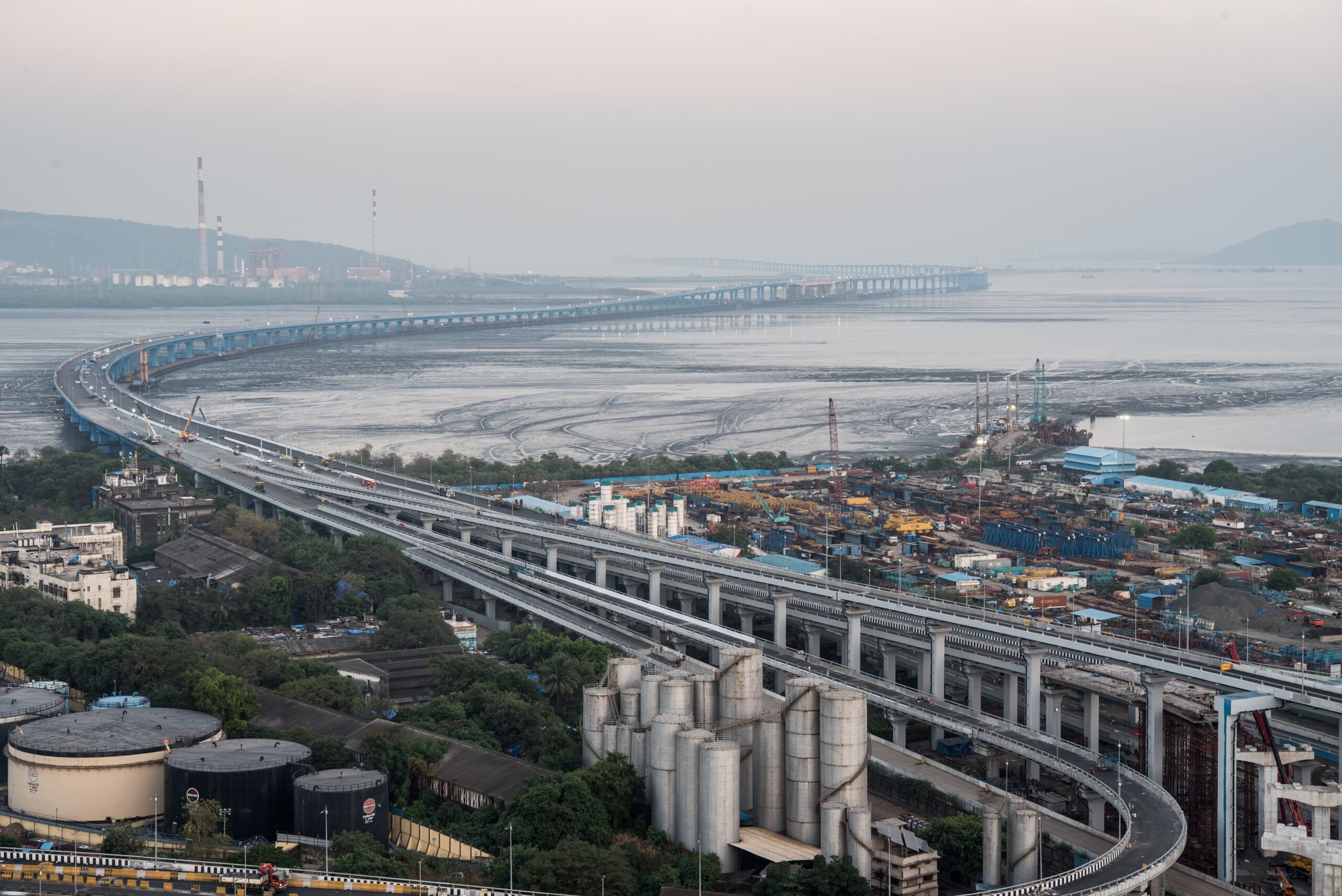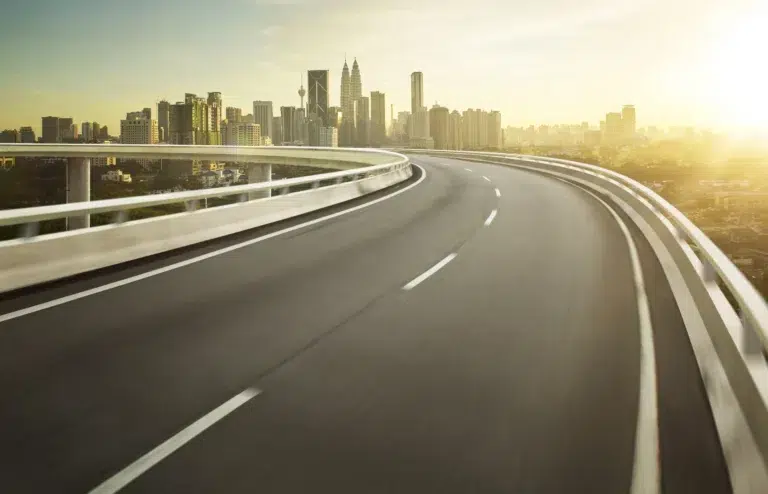News roundup: 12 interesting facts about the Mumbai Trans Harbour Link of India, and other headlines

For PropertyGuru’s real estate news roundup, 12 interesting facts about the Mumbai Trans Harbour Link of India. In other headlines, population growth has been sustaining Australian retailers as households cut back on discretionary spending, while the Koh Tonsay Tourism Port in Cambodia is about 90 percent complete, a project that would transform the province’s islands into modern and desirable tourist destinations.
12 things to know about the Mumbai Trans Harbour Link of India
The Mumbai Trans Harbour Link (MTHL) was inaugurated on 12 January 2024, by Prime Minister Narendra Modi. Check out 12 important things about this newly developed infrastructure according to Housing.com:
- The Mumbai Trans Harbour Link (MTHL) will be officially called the Shri Atal Bihari Vajpayee Trans Harbour Link.
- This six-lane India’s longest sea bridge with 21.8 km will connect Sewri in Mumbai to Chirle in Navi Mumbai.
- This is the 12th longest bridge in the world.
- The construction cost of the MTHL is around Rs 17,843 crore.
- The speed limit is 100 kmph and the ascent and decent speed is 40 kmph.
- The MTHL has incorporated the Open Road Tolling (ORT) system. With this, vehicles can pay the toll charges while passing the toll station without the need to stop. This will save time and also eliminate traffic congestion. The toll for the MTHL is Rs 200 one-way for cars. The return trip, daily, and monthly toll tariffs are Rs 300. The daily pass is Rs 500 and the monthly pass is Rs 10,000.
- With the MTHL, people can travel between Mumbai and Navi Mumbai in 20 minutes as compared to the present route through the Vashi Bridge, which takes more than an hour.
- The MTHL will provide faster connectivity to the Navi Mumbai International Airport, the Mumbai-Pune Expressway, the Mumbai-Goa Expressway, and the Jawaharlal Nehru Port Trust (JNPT).
- The MTHL will have 1,212 lighting poles equipped with a Central Control & Monitoring System (CCMS) that has been designed to withstand the challenges of being situated in the deep sea.
- The MTHL has used over 1,70,000 metre tonne of steel bars that are around the weight of 17 Eiffel Towers.
- The MTHL has 35 km pile liners in its construction which are 35 times taller than Burj Khalifa, the tallest building in the world.
- In the construction of the MTHL, around 9,75,000 cubic metre of concrete was used. This is around six times the concrete used in the construction of the Statue of Liberty.
Population growth sustaining Australian retailers as per capita spending plummets
realcommercial.com.au reports that Australian households have considerably tightened their belts over the past two years, as cost of living pressures bite. While the pandemic enabled many households to dramatically increase their savings, high inflation and subsequently interest rates are now eroding savings.
In response, households are cutting back on discretionary spending and, since mid-2022, retail turnover per capita has been consistently falling. But, at the same time people are individually spending less, record population growth means more people are spending, helping to support total retail turnover.
And while population growth is providing some support to retailers, there’s no doubt these spending cutbacks are creating challenging conditions for retailers.
For central business district (CBD) retailers, conditions are now improving. Not only are the tourists back, but the return of migration means more people are living in CBDs than ever before, helping to counteract the overall reduction in foot traffic of office workers.
Regional and sub-regional retail assets have also seen conditions improve off the back of population growth supporting non-discretionary spending. As has been the case since the cost of living crisis emerged, retailers selling essential items are likely to remain more resilient than those operating in the discretionary space, particularly those located in markets experiencing strong population growth.
Cambodia’s Koh Tonsay tourism port 90 percent complete: Kep governor
Kep provincial governor Som Piseth has announced that the construction of the Koh Tonsay Tourism Port is about 90 percent complete, a project he said would transform the province’s islands into modern and desirable tourist destinations.
While inspecting the progress of the port on 19th March, he described it as an “historic accomplishment” for the province.
As reported by The Phnom Penh Post, Piseth said the new port facility will boost the provincial tourism industry, noting that the Kep Tourism Master Plan 2023-35 includes the vision of transforming Kep into a “high-end eco-tourism destination and resort”, by adhering to the principles of sustainable development, quality, competitiveness, and smart tourism.
“Construction of the Koh Tonsay Tourism Port is proceeding according to plan. As of now, it is roughly 90 percent complete. This will modernise the potential for our islands to become important tourist destinations,” he continued.
Ho Vandy, an adviser to the Cambodia Association of Travel Agents, noted that most coastal tourist areas around the world have international-standard ports for the transport of visitors. Modern ports guarantee the safety of guests and are an excellent way of earning their trust.
He said that once it begins operations, the new port will make the management of water transport far more effective and efficient.
The Property Report editors wrote this article. For more information, email: [email protected].
Recommended
How LIMA Estate in the Philippines is reshaping green business hubs
LIMA Estate models a citywide vision that uplifts workers while appealing to climate-conscious employers
ARES White Paper Volume 3: The era of adaptive reinvention
Pioneering sustainable and innovative practices in urban development
ARES White Paper Volume 2: Unravelling the power of data revolution in real estate
Insights on proptech, smart cities, and sustainable development
ARES Digital White Paper Volume 1: The fundamentals of responsible building
Green and climate heroes join forces to discuss how Asia Pacific can weather the current environmental crises and the looming effects of climate change






